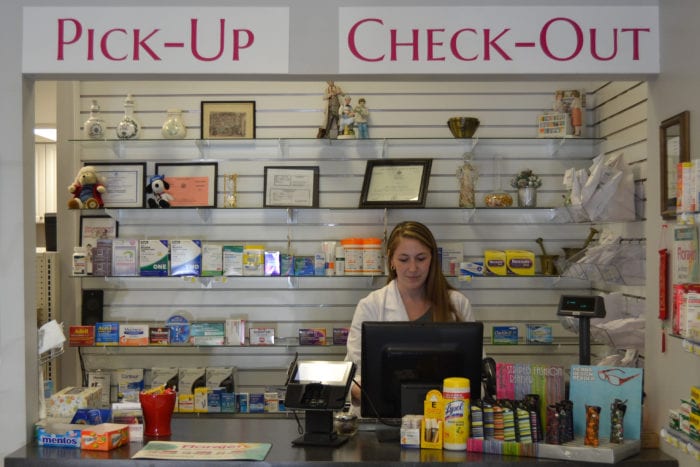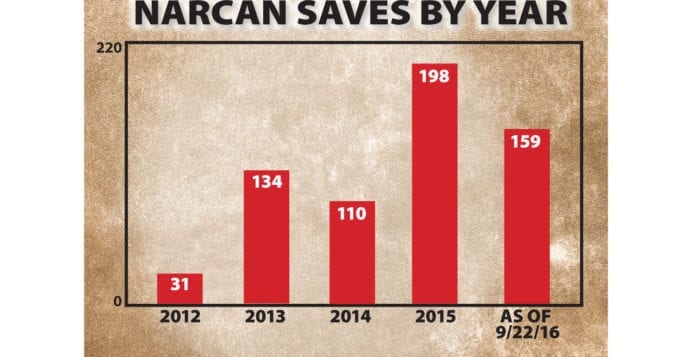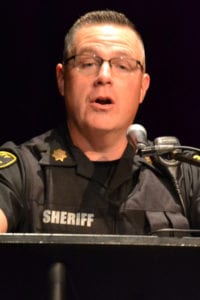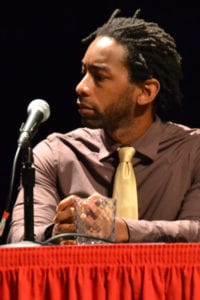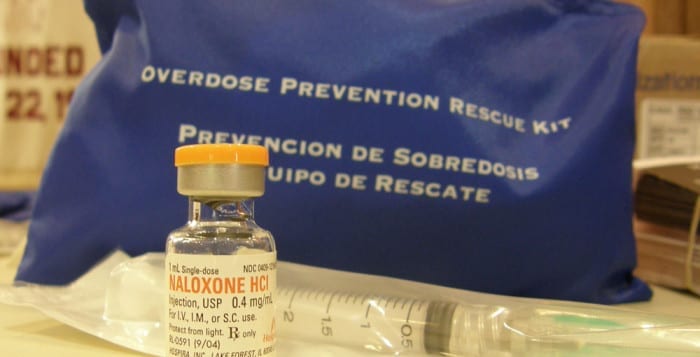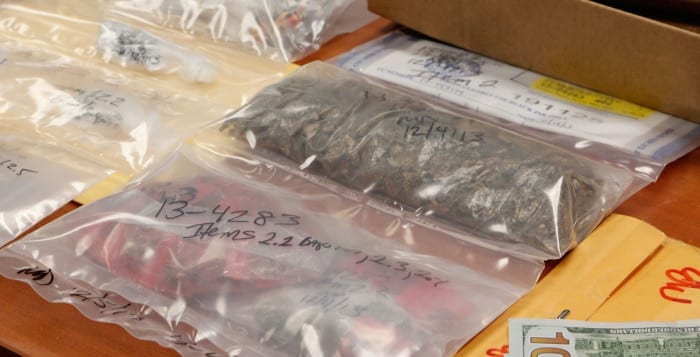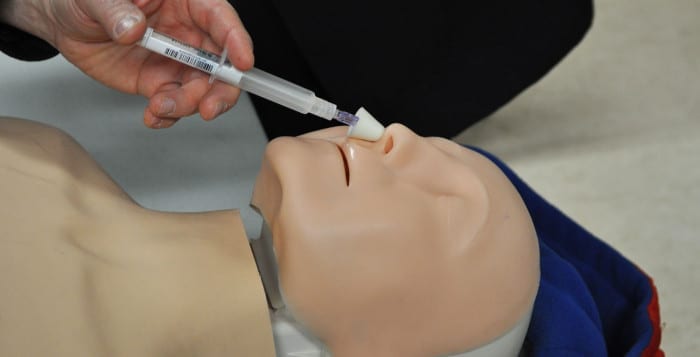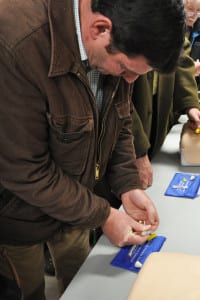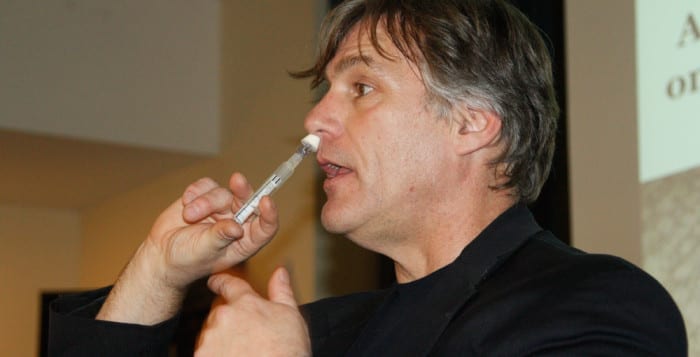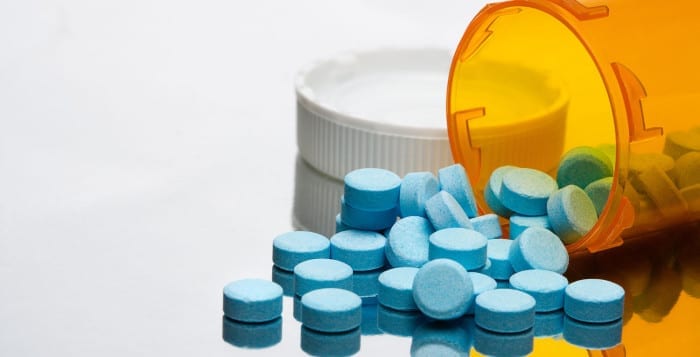By Kyle Barr
The opioid crisis on Long Island has left devastation in its wake, and as opioid-related deaths rise every year, New York State has created an additional, more affordable way to combat it. To deal with the rash of overdoses as a result of addiction, New York State made it easier for people with prescription insurance to afford Naloxone, a common overdose reversal medication.
On Aug. 7, New York Gov. Andrew Cuomo (D) announced starting Aug. 9 that people with prescription health insurance coverage would be able to receive Naloxone, which is commonly referred to as Narcan, for a copay of up to $40. New York is the first state to offer the drug for such a low cost in pharmacies.
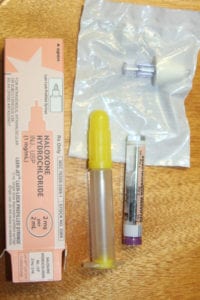
“The vast majority of folks who have health insurance with prescription coverage will be able to receive Naloxone through this program for free,” said Ben Rosen, a spokesperson for the New York State Department of Health.
Before the change, the average shelf cost of Narcan, which is administered nasally, was $125 without prescription with an average national copay of $10. People on Medicaid and Medicare paid between $1 and $3, Rosen said.
This action on part of the state comes at a critical time. Over 300 people from Suffolk County died from opioid-related deaths in 2016, according to county medical examiner records. On Aug. 10, President Donald Trump (R) declared the opioid issue a national emergency, meaning that there is now more pressure on Congress to pass legislation to deal with the crisis, as well as a push to supply more funds to states, police departments and health services to help deal with the problem.
The drug is available in over 3,000 pharmacies across New York and well over 100 pharmacies in Suffolk County. This includes all major pharmacies like CVS Health, Walgreens and Rite Aid, but also includes a few local pharmacies that already participate in the state Aids Drug Assistance Program and Elderly Pharmaceutical Insurance Coverage and Medicaid, according to Kathy Febraio, the executive director of the Pharmacists Society of the State of New York, a not-for-profit pharmacists advocacy group.
The program is only available for people who either have Medicare, Medicaid or health insurance with prescription coverage. Otherwise, officials said that those who lack insurance who need access can get it through a number of free Narcan training courses.
“We think that anything that can have an affect on this crisis is a good thing,” Febraio said. “This will certainly help. We need anything that will get Naloxone into the hands of those who need it.”
While Suffolk County Legislator and Presiding Officer DuWayne Gregory (D-Amityville) likes the idea of additional access to Narcan, he is skeptical about whether those who get it know how to properly administer it.
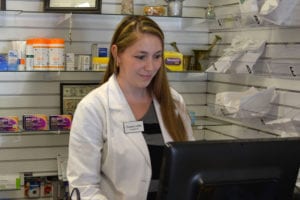
“You don’t need a PHD to know how to use it, but there is some training that would help people be more comfortable, such as how to properly use it in an emergency situation and how to store it so that it is accessible while making sure children can’t get their hands on it,” he said. “Unfortunately the epidemic is so wide spread. Everyone knows someone who is affected.”
Christina Loeffler, the co-owner of Rely RX Pharmacy & Medical Supplies in St. James, one of the few non-major pharmacies in the county participating in the program, said though the business has not yet received many calls for Narcan, the state requires pharmacists to demonstrate how to use it.
“You have to counsel the patient and show them how to use it,” she said. “We were showed videos, we were given kits to practice on before we were certified to do it. I feel like it’s a good thing that they’re doing it.”
The county currently provides numerous Narcan training courses for locals, where they receive training and free supplies of the life-saving drug. Suffolk County Legislator Sarah Anker (D-Mount Sinai) said that she will be co-hosting a free Narcan training course Oct. 5 at Rocky Point High School with support from the North Shore Youth Council.
“They absolutely need to be trained,” she said. “Narcan is almost a miracle drug — it brings people back from death. However, people need to know what they’re doing so that it is administered correctly.”
Check on the New York State Department of Health website’s opioid overdose directories section for a full list of participating pharmacies.

